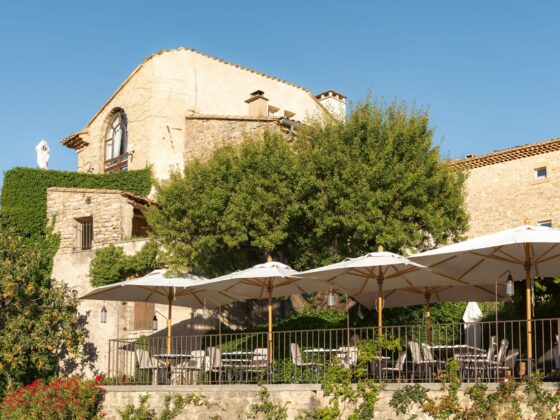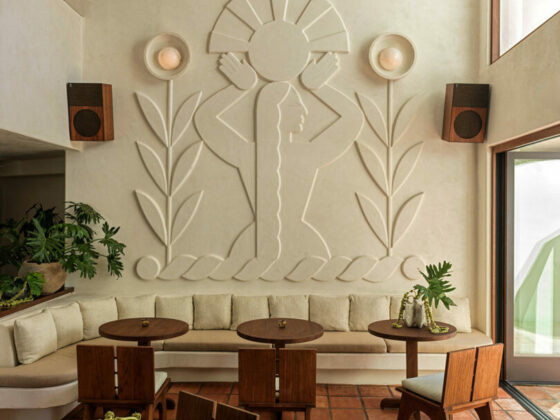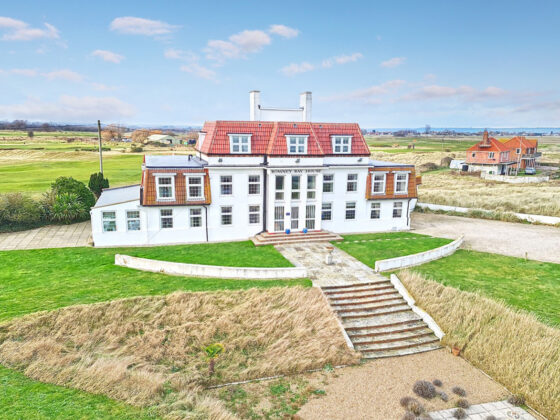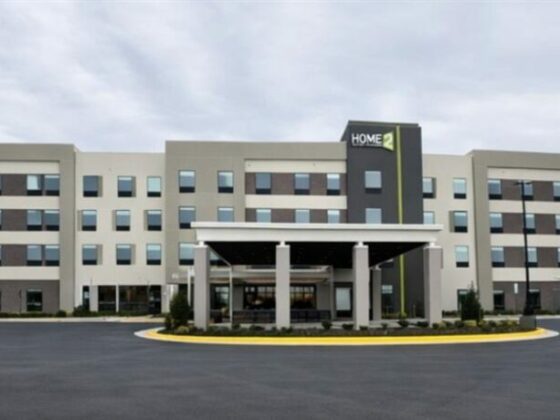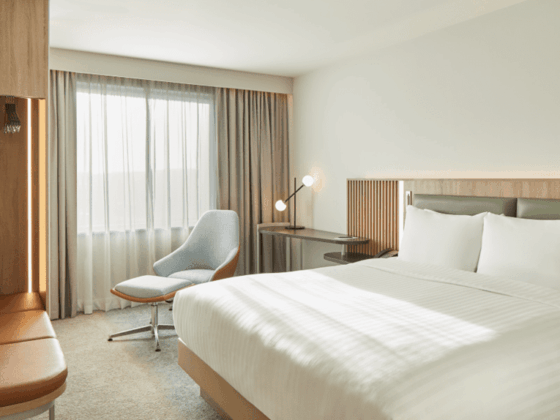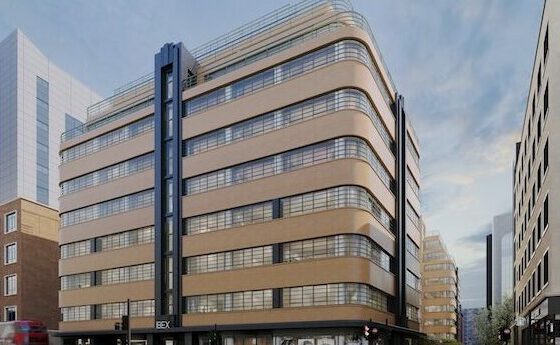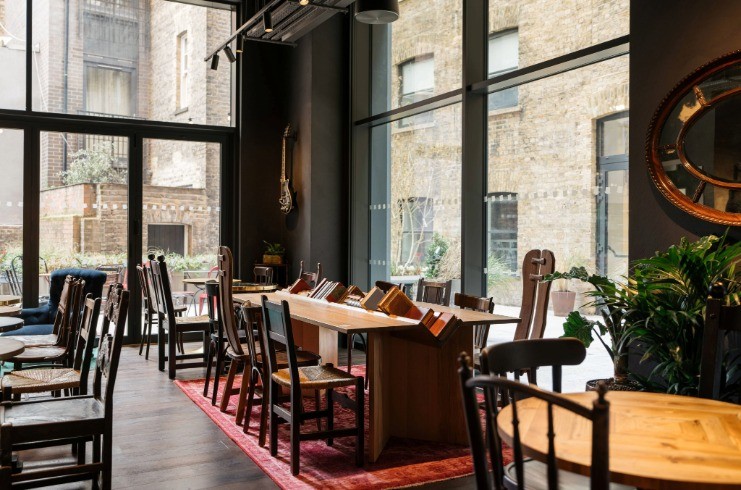
Lauren Krostue, vice president, global brand management, EVEN Hotels & Ruby, IHG Hotels & Resorts, recently spoke with LODGING at The Lodging Conference 2025 about how the IHG acquisition of the select-service brand Ruby fills “white space” in its portfolio of luxury and lifestyle properties. Describing its “premium urban lifestyle” approach to accommodating modern travelers in city destinations at a lower price point, she said, smaller room size and limited but “phenomenal” service mean travelers who want a unique experience can have it more affordably without having to compromise on charm when visiting popular urban destinations. Krostue also shared details of the launch of its service model in the United States, guestroom design, target customer, and growth projections over the next two decades in the following conversation:
Why did IHG decide to add Ruby to its portfolio?
The brand, which was founded in Germany in 2013 and now includes 16 open (2,673 rooms) and 19 pipeline (3,984 rooms) hotels globally, definitely filled white space in our premium category of brands that go between luxury and lifestyle. I describe it as urban micro, with rooms ranging from 150 to 225 square feet, so there’s a wide range of guestrooms for owners to configure and guests to choose from. It’s got a small footprint, but places guests in the middle of the action and where they want to be.

What’s special about it?
Although it’s select service, it gives the feeling of full service. There’s a multitasking staff, with a front desk host who is also a bartender and barista. There’s a paid breakfast buffet with bottomless barista coffee, and a full bar with light bites in the evening—all of which enhance the hotel’s full-service feel.
And it’s definitely not cookie cutter The properties are sort of vintage eclectic. If you walk into any of these hotels, there are pieces that tell a story, that make you feel like you’re in the destination. For example, the Ruby Stella in downtown London evokes the 1890s, in the time of Dickens with printing presses.
In our Americas Design Center in Atlanta, we’re building a prototypical guestroom—there are four design packages tied to different historical designs, which can be mixed and matched based on the location.
What audience are you specifically targeting?
These guests are individualists who want a unique hotel experience. They don’t want to stay at a big-brand hotel, but rather one that’s unique, that has character. They also want to be in the middle of the action, but they don’t want to break the bank. They generally range in age from 25 to 60, but it’s really a mindset more than an age.
How are the first U.S. hotels being brought in?
We’re in active conversations in top 25 and destination U.S. markets, and exploring a variety of build types. Ruby works for both new build locations and conversions, including for adaptive reuse across a range of commercial property types.
Discuss the current pipeline and growth projections.
I have been blown away by the amount of interest globally. Although our focus now is the United States and Europe, there’s a lot of interest in Australia and the Asian markets, so our plan is to expand globally in the future. Our goal is to open 120 hotels globally over the next 10 years and 250 over the next 20 years. The magic is putting it in the right city center location.

